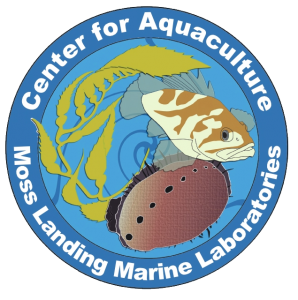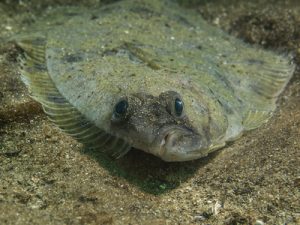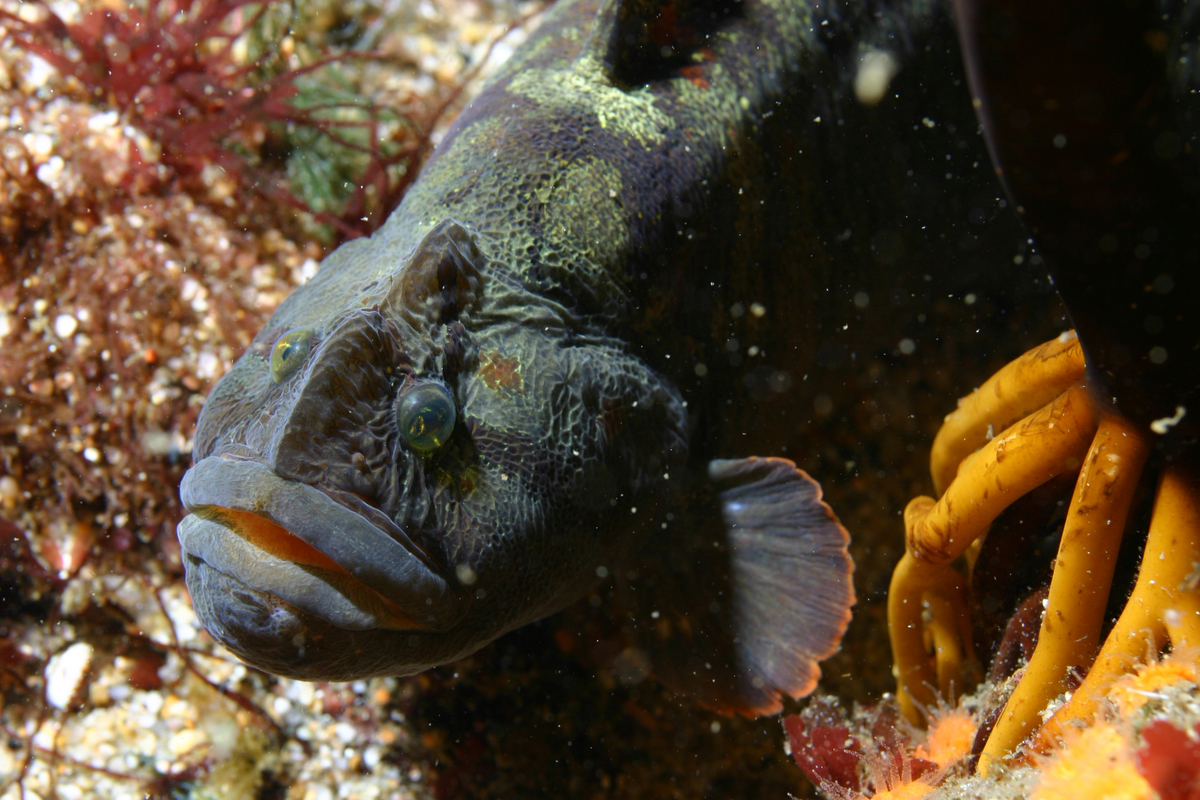Aquaculture

Building capacity for cultivating marine finfish in California through academic-industry partnerships
In 2012, the world’s aquaculture production attained an all-time high of 90.4 million tons worth $144.4 billion, yet the U.S. is only the 15th largest aquaculture producer (0.6% of the world’s farmed fish), lagging far behind China (61.7% of production) and many other nations. At the same time, the U.S. is the top importer of fish and fishery products, with 91% of seafood originating abroad. There is a great need to correct this imbalance by expanding U.S. aquaculture production capacity through the development of new technologies and sustainable practices. California, due to its size and extensive coastline, has a great potential for supporting a vibrant aquaculture industry, yet the commercial sector, requisite workforce, and technical training base are chronically underdeveloped.
To address this shortcoming, Moss Landing Marine Laboratories (MLML) broke ground on a new Aquaculture Facility in late 2014 to serve the California State University (CSU) system and we are developing a Center for Aquaculture with three pillars:
(1) Research (partnering with industry to solve practical problems),
(2) Education (training the future aquaculture workforce), and
(3) Policy (addressing social and regulatory impediments).



Aquaculture program objectives:
Our goals are to develop an academic fish hatchery with new infrastructure and a knowledge base for cultivating marine fishes native to California waters through academic-industry partnerships in the CSU system. As with our existing abalone hatchery partnership with Monterey Abalone Company, research findings will not be proprietary and will be used to accelerate the production of new and emerging species of aquaculture interest in California.
Our specific objectives are:
- To conduct research on reproduction, larval rearing, grow-out, and nutrition of new finfish species of aquaculture interest;
- To partner with industry to incorporate results into commercial operations;
- To educate students and train a future workforce through research projects as part of our aquaculture curriculum, including the development of Master’s thesis research.
Study species: We are interested to work with 4 new species of aquacultural interest in California to address the objectives and questions listed above, including:
- Yellowtail amberjack (Seriola lalandi); benefits: rapid growth, new to California and land-based systems, high market demand, offshore farming success;
- Lingcod (Ophiodon elongatus); benefits: fast growth, market demand, spawn in captivity, previously overfished, success with egg incubation and hatching;
- Pacific sanddabs (Citharichthys sordidus); benefits: fast growth, prolific spawning in captivity, good market demand;
- Monkeyface prickleback (Cebidichthys violaceus); benefits: herbivorous, ideal candidate for integrated multi-trophic aquaculture with seaweeds, growing high-end market, underutilized.

